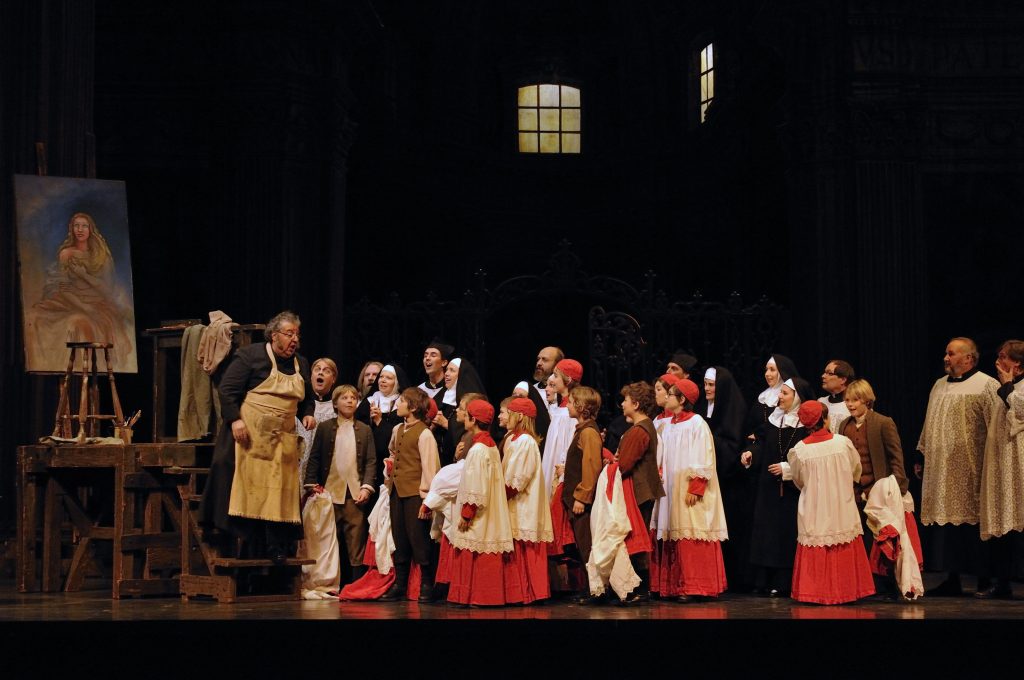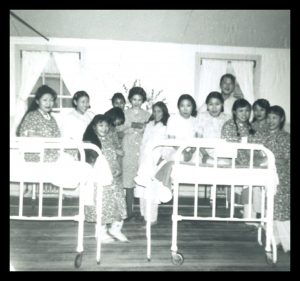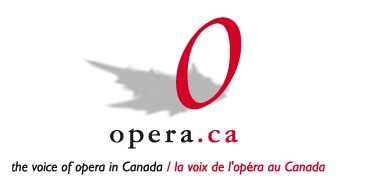Nov 17, 2025
POLITICAL THRILLER – TOSCA – OPENS MANITOBA OPERA’S 2025/26 SEASON November 22, 26, 28
Manitoba Opera’s (MO) 53rd season opens with the political thriller, Tosca, one of the greatest operas ever written November 22, 26, and 28, at the Centennial Concert Hall. Last performed by the company in 2010, Puccini’s Tosca is electrifying and packed with love, jealousy, and betrayal. With some of the most breathtaking music ever written, this opera grips you from the very first note and doesn’t let you go.
For tickets, call 204-944-8824, go online at mbopera.ca, or in person at the MO Box Office, lower level, Centennial Concert Hall, 555 Main St. (9:30 am – 4:30 pm, Monday to Friday). Seniors, students, and youth discounts are available.
THE STORY
Music by Giacomo Puccini Libretto by Luigi Illica and Giuseppe Giacosa
Based on Victorien Sardou’s drama La Tosca
Heart-pounding drama, intense passion, and soaring melodies are a killer combination in this fateful day in the life of the diva Tosca.
In revolutionary Rome, the fiery, famous singer lives for art and love but finds herself in a life-and-death struggle when her lover, the painter Cavaradossi, is caught trying to protect a freedom fighter. Scarpia, the corrupt chief of police, will stop at nothing to satisfy his lust for her. In this game of deadly political intrigue will Tosca submit to Scarpia’s desires or see her lover die? Can Scarpia’s evil reach from beyond the grave?
This captivating classic features some of Puccini’s best: “Vissi d’arte,” the opera’s most famous aria in which Tosca sings that she’s always lived her life for art and love; Cavaradossi’s “Recondita armonia”; Scarpia’s “Te Deum,” sung with self-satisfied villainy and madness; and “E lucevan le stelle,” Cavaradossi’s farewell to Tosca.
Sung in Italian with projected English translations.
THE ARTISTS
Making her Manitoba Opera debut and singing for the first time in Canada, is the phenomenal soprano Marina Costa-Jackson as Tosca (her sister, Ginger, performed with MO in 2024 as the fiery Carmen). Critics have lauded her portrayal, noting her “molten intensity” and describing her as a “splendid Tosca” (Bachtrack).
Tenor David Pomeroy, last seen with MO as Don José in 2024’s Carmen, returns as the heroic artist Cavaradossi. Celebrated for his compelling performances, Pomeroy’s voice has been described as “consistently full yet controlled, effortlessly soaring above the orchestra without a hint of strain.”
Baritone Gregory Dahl, renowned for his formidable portrayals, returns to his hometown to deliver a chilling Scarpia. His performances have been praised for their intensity and depth, with critics highlighting his “splendidly oily and corrupt” characterizations.
Directed by Anna Theodosakis, who made her MO debut with last season’s La Bohème, the cast will also feature David Watson as Angelotti, Peter McGillivray in the roles of a sacristan and a jailer, and James McLennan as Spoletta. The Manitoba Opera Chorus, a Children’s Chorus, and the Winnipeg Symphony Orchestra will be under the direction of Maestro Tyrone Paterson.
Lighting design is by Larry Isacoff. Scenery, props, and costumes: Seattle Opera. Additional costumes: Harlequin Costume & Dance.
Cast subject to change.
View Press Release




 Winnipeg opera and theatre performer Keely McPeek is a member of the Anisininew (Oji-Cree) Kitchenuhmaykoosib Inninuwug First Nation in northwestern Ontario with Irish and German settler roots. She made her MO debut as Marie Serpente in Li Keur: Riel’s Heart of the North in 2023 and sits on the Manitoba Opera Community Engagement Committee.
Winnipeg opera and theatre performer Keely McPeek is a member of the Anisininew (Oji-Cree) Kitchenuhmaykoosib Inninuwug First Nation in northwestern Ontario with Irish and German settler roots. She made her MO debut as Marie Serpente in Li Keur: Riel’s Heart of the North in 2023 and sits on the Manitoba Opera Community Engagement Committee. A group of young patients at Clearwater Lake Indian Hospital in 1964. This building was not intended for long-term use, leading to many structural issues. Image source:
A group of young patients at Clearwater Lake Indian Hospital in 1964. This building was not intended for long-term use, leading to many structural issues. Image source: 



